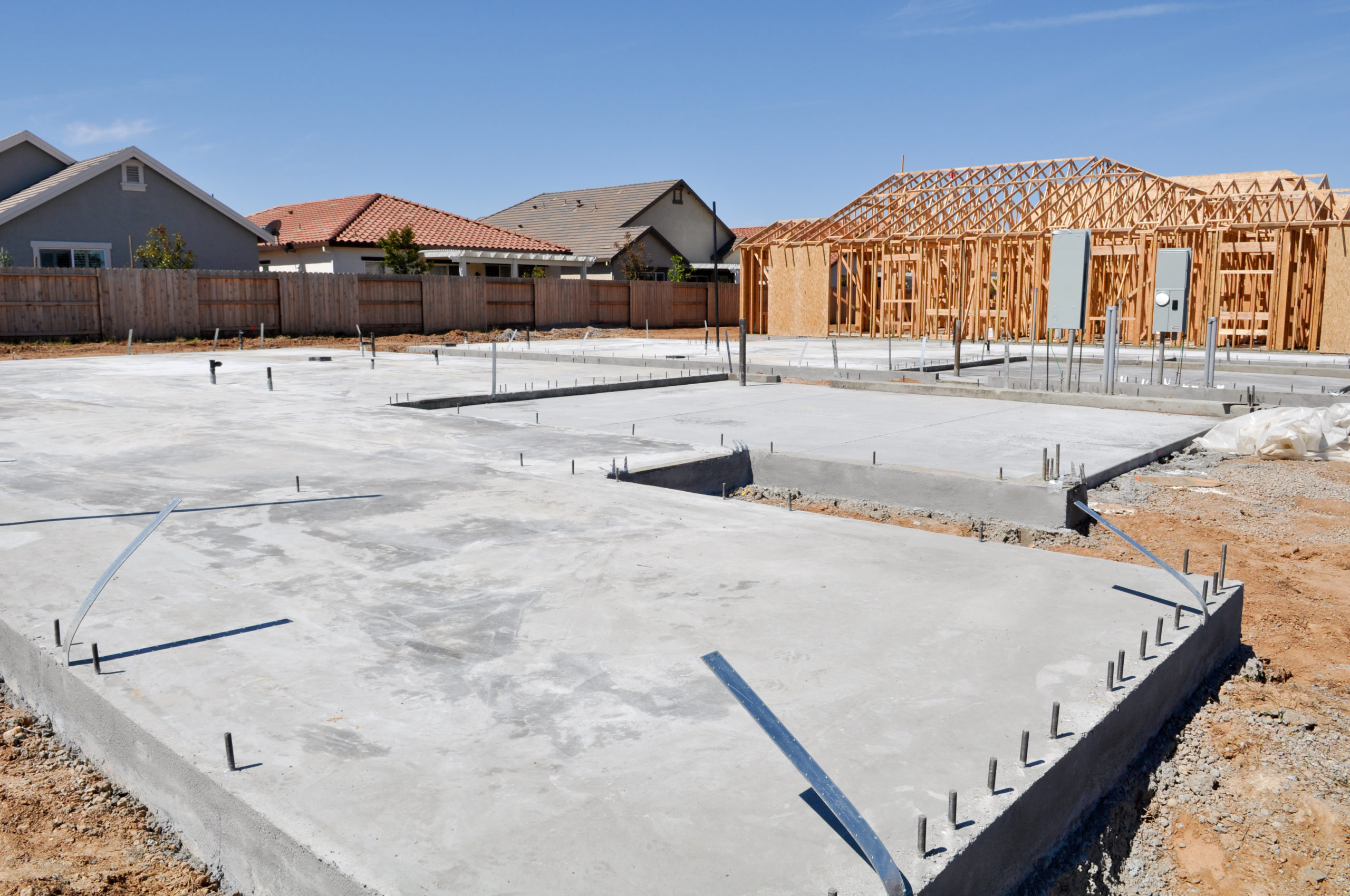House Foundation Types, Uses, and Pros and Cons - The Can Be Fun For Anyone


6 For the foundation plan of a residential building - Chegg.com
4 Most Common Residential Concrete Foundation Types - Questions

It is typically more economical if the masonry system's compressive strength varieties between 1,500 and 3,000 psi. The standard block utilized in residential and light-frame industrial building and construction is generally rated with a design strength of 1,900 psi, although other strengths are offered. Concrete masonry units are described by grades according to their intended use per ASTM C90 (ASTM, 1999) or C129 (ASTM, 1999).
Grade S might be utilized above grade. The grades are explained listed below. Grade N is typically needed for general use, such as in interior and backup walls, and in above- or below-grade outside walls that may or may not be exposed to moisture penetration or the weather. Grade S is typically limited to above-grade use in outside walls with weather-protective coverings, and in walls not exposed to the weather.
Type I is a moisture-controlled unit that is usually defined where drying shrinkage of the block due to moisture loss might result in extreme breaking in the walls. Type II is a non-moisture-controlled system that is ideal for all other uses. Residential foundation walls are generally constructed with Type II units.
11 Facts You Didn't Know About Residential Foundation Engineering

6 For the foundation plan of a residential building - Chegg.com
An Unbiased View of Residential Concrete Foundation Technician
Concrete masonry units are generally described as lightweight, medium-weight, or normal-weight, with particular unit weights or densities less than 105 pcf, in between 105 and 125 pcf, and more than 125 pcf. Residential foundation walls are typically constructed with low- to medium-weight units due to the fact that of the low compressive strength needed.
A common practice in residential basement structure wall building is to provide a cement-based parge finishing and a brush- or spray-applied bituminous finishing on the below-ground portions of the wall. This Piece Covers It Well is usually needed by code for basement walls of masonry or concrete building; however, in concrete construction, the parge finish is not needed.
The net concrete cross-sectional area of the majority of concrete masonry systems ranges from 50 to 70%, depending upon system width, face-shell and web thicknesses, and core configuration. Hollow systems are specified as those in which the net concrete cross-sectional location is less than 75% of the gross cross-sectional area. Strong units are not always solid but are specified as those in which the net concrete cross-sectional area is 75% of the gross cross-sectional area or greater.
